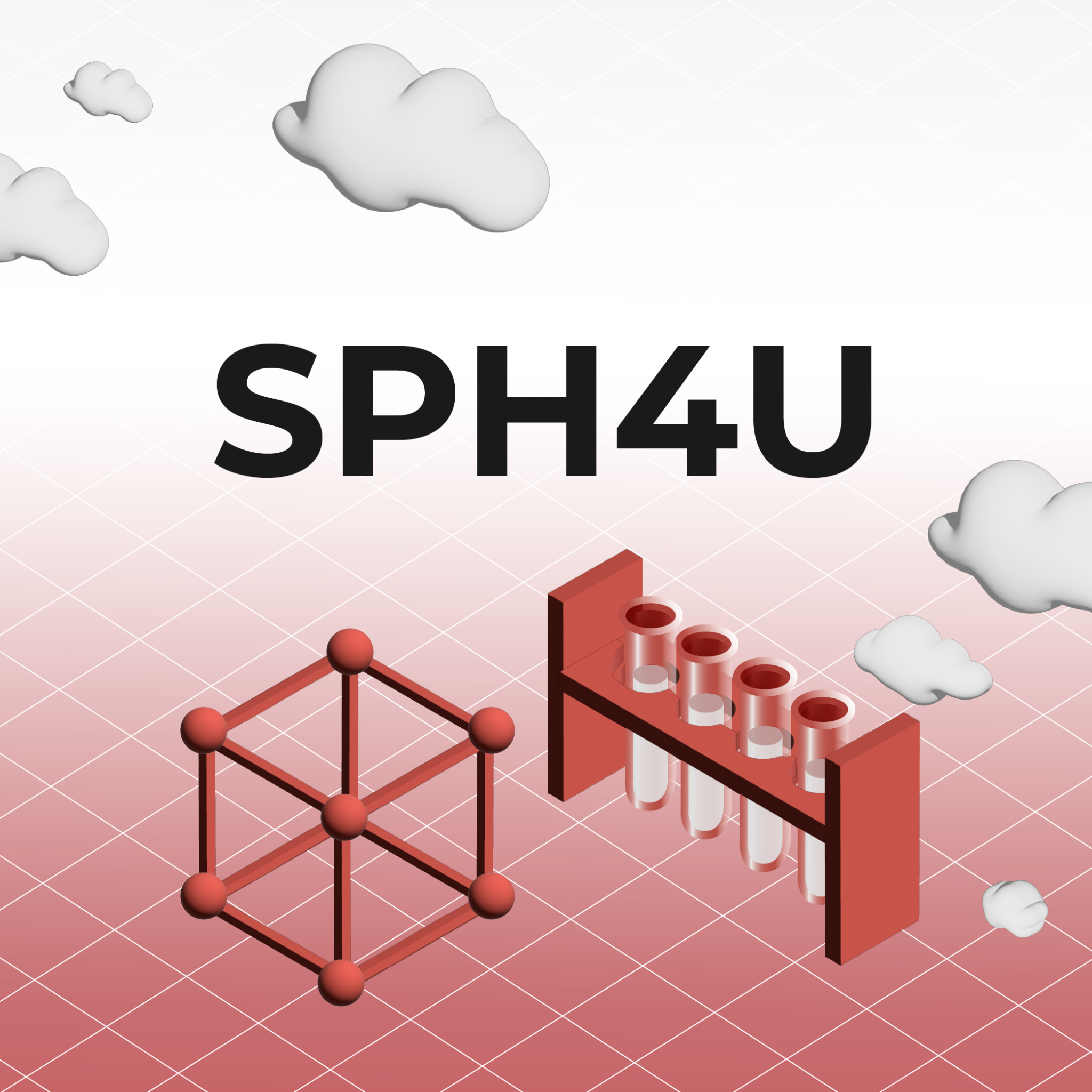
Course Title/ Grade/ Course Type: Physics, Grade 12, University Preparation
Ministry Course Code: SPH4U
Curriculum Document: Ministry of Education; The Ontario Curriculum, Grades 11 and 12: Science, 2008 (revised); Growing Success, Ministry of Education, 2010
Prerequisite: SPH3U, Physics, Grade 11, University Preparation
COURSE DESCRIPTION
This course enables students to deepen their understanding of physics concepts and theories. Students will continue their exploration of energy transformations and the forces that affect motion, and will investigate electrical, gravitational, and magnetic fields and electromagnetic radiation. Students will also explore the wave nature of light, quantum mechanics, and special relativity. They will further develop their scientific investigation skills, learning, for example, how to analyse, qualitatively and quantitatively, data related to a variety of physics concepts and principles. Students will also consider the impact of technological applications of physics on society and the environment.
Outline of Course Content
Unit 0: Careers & Lab Safety
In this introductory unit, students will explore the career paths available for them as students of science. They will also learn the fundamentals of lab safety and WHIMIS.
Unit 1: Force Motion and Dynamics
Students will be able to demonstrate an understanding of the motions of objects in horizontal, vertical, and inclined planes, and predict and explain the motions by analyzing the forces acting on the objects. Students will investigate motion in a plane using experiments and/or simulations. Students will analyze and solve problems involving forces acting on an object in linear, projectile, or circular motion using vectors, graphs, and free-body diagrams. Analyze ways in which the study of forces relates to the development and use of technological devices.
Unit 2: Energy & Momentum
Students will be able to apply the concepts of work, energy, and momentum, and the laws of conservation of energy and momentum for objects moving in two dimensions, and explain them in qualitative and quantitative terms. Students will investigate the laws of conservation of momentum and of energy (including elastic and inelastic collisions) through experiments or simulations, and analyze and solve problems involving these laws with the aid of vectors, graphs, and free-body diagrams. Students will analyze and describe the application of the concepts of energy and momentum to the design and development of a wide range of collision and impact-absorbing devices used in everyday life.
Unit 3: Electric, Gravitational and Magnetic Fields
Students will be able to demonstrate an understanding of the concepts, principles, and laws related to electric, gravitational, and magnetic forces and fields, and explain them in qualitative and quantitative terms. Students will conduct investigations and analyze and solve problems related to electric, gravitational, and magnetic fields. Students will be able explain the roles of evidence and theories in the development of scientific knowledge related to electric, gravitational, and magnetic fields, as well as evaluate and describe the social and economic impact of technological developments related to the concept of fields.
Unit 4: The Wave and Nature of Light
Students will be able to demonstrate an understanding of the wave model of electromagnetic radiation and describe how it explains diffraction patterns, interference, and polarization. Students will work on simulations relating the wave model of light and technical applications of electromagnetic radiation to the phenomena of refraction, diffraction, interference, and polarization. Analyze phenomena involving light and colour, explain them in terms of the wave model of light, and explain how this model provides a basis for developing technological devices.
Unit 5: Revolution in Modern Physics – Quantum Mechanics and Special Relativity
Students will be able to demonstrate an understanding of the basic concepts of Einstein’s special theory of relativity and of the development of models of matter, based on classical and early quantum mechanics, that involve an interface between matter and energy. Students will interpret data to support scientific models of matter, and conduct thought experiments as a way of exploring abstract scientific ideas. Describe how the introduction of new conceptual models and theories can influence and change scientific thought and lead to the development of new technologies.
Final Mark will be determined following percentages:
70% Determined by the evaluations conducted throughout the duration of the course:
Products – Assignments, Test, Report, Essay, Journals, Portfolio
Observations – Presentations, Debates
Conversations – Conferences with the Teacher
30% Final Exam and/or Final Culminating Activity